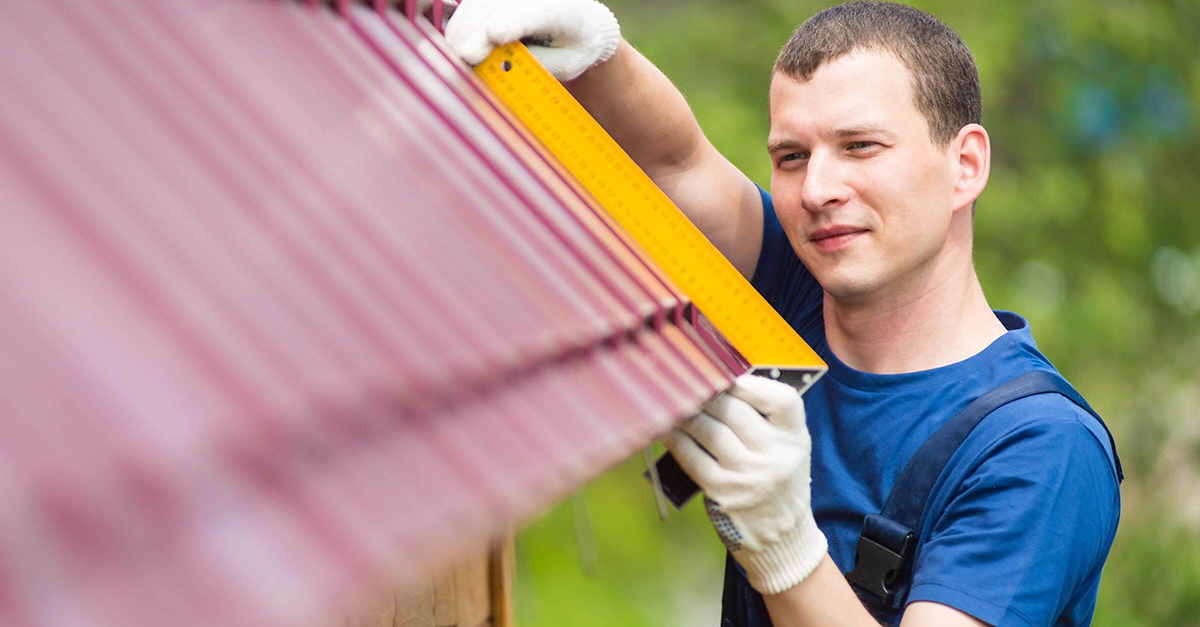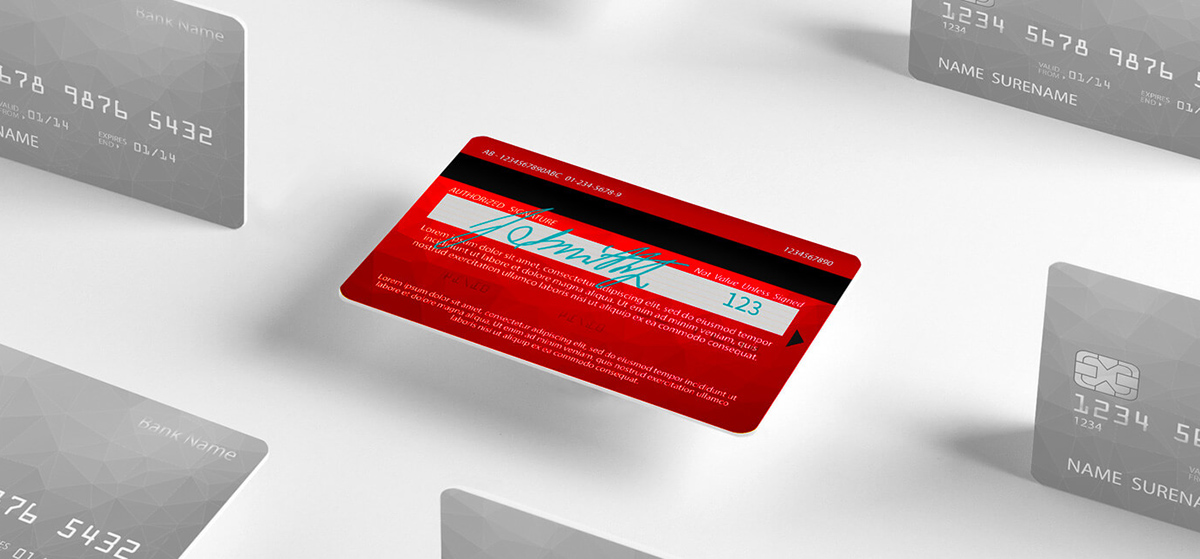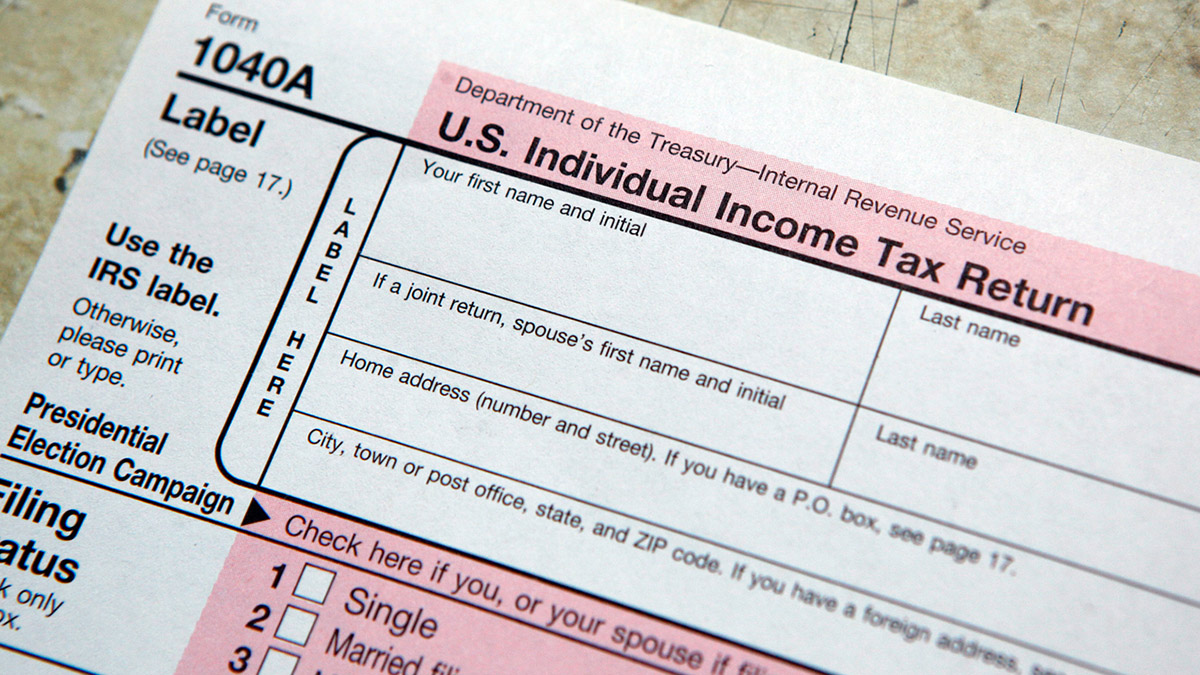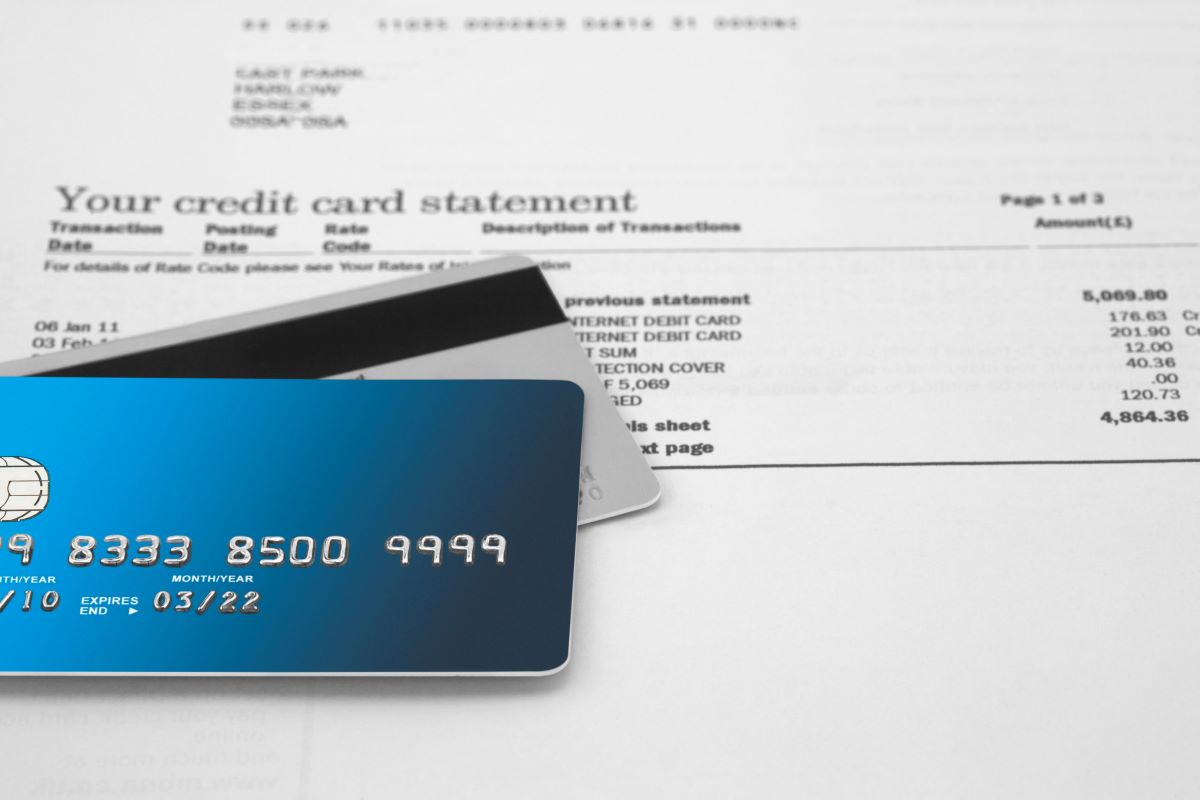Home>Finance>How To Cash Homeowners Insurance Check With Lienholder
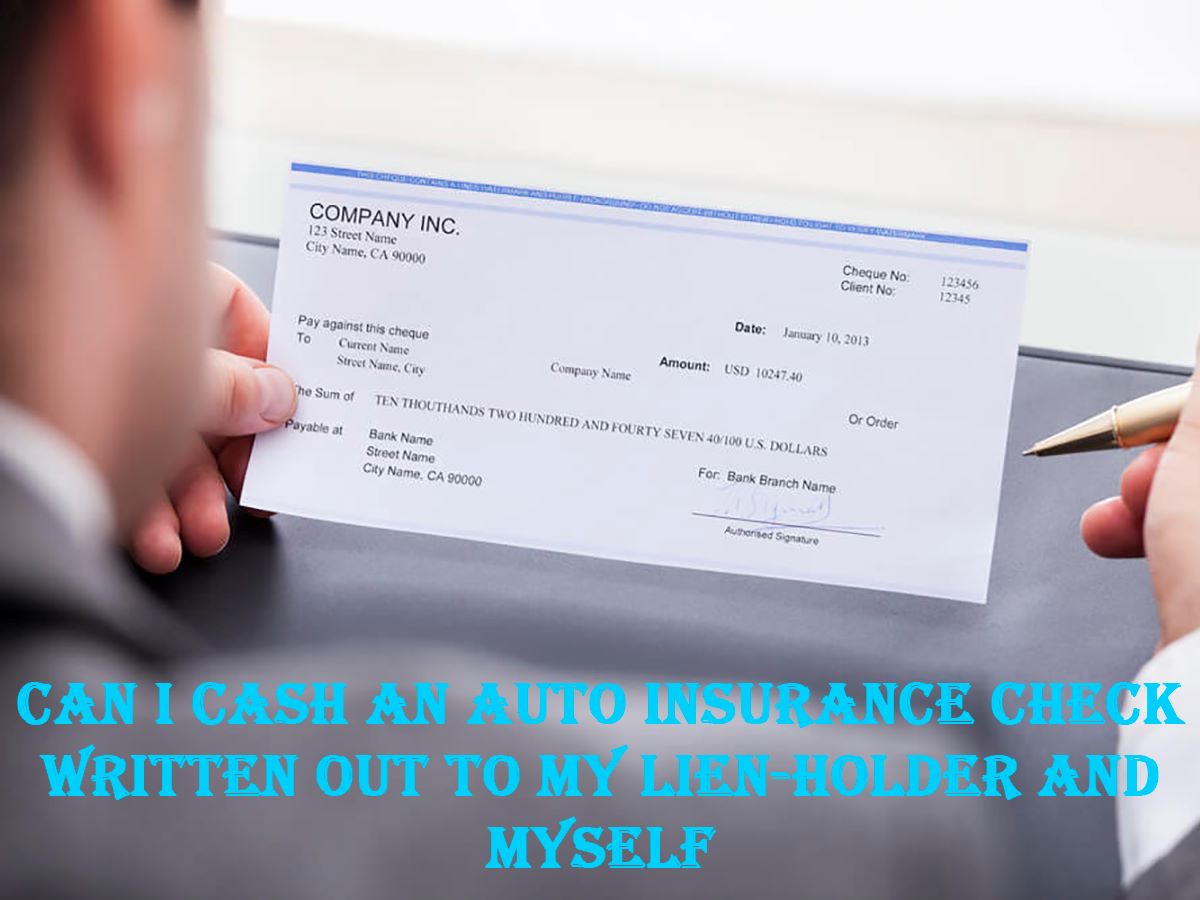

Finance
How To Cash Homeowners Insurance Check With Lienholder
Published: November 13, 2023
Learn how to cash your homeowners insurance check with a lienholder and manage your finances effectively.
(Many of the links in this article redirect to a specific reviewed product. Your purchase of these products through affiliate links helps to generate commission for LiveWell, at no extra cost. Learn more)
Table of Contents
- Introduction
- Understanding Homeowners Insurance Checks and Lienholders
- Step 1: Contact Your Lienholder
- Step 2: Provide the Necessary Documentation
- Step 3: Follow the Instructions from Your Lienholder
- Step 4: Submit the Insurance Check to Your Lienholder
- Step 5: Monitor the Progress of the Check
- Step 6: Communicate with Your Lienholder and Insurance Company
- Step 7: Release of Funds
- Conclusion
Introduction
Homeowners insurance is a valuable investment that provides financial protection in case of damage to your property. When you experience a loss covered by your policy, such as fire damage or a natural disaster, your insurance company will typically issue a payment to cover the repairs or replacements needed. However, if your home has a lienholder, such as a mortgage lender, the insurance check may need to be endorsed by them before you can access the funds.
This article will guide you through the process of cashing a homeowners insurance check with a lienholder. We will explain the steps you need to take, the documentation required, and how to navigate the communication between the lienholder and the insurance company. By following these guidelines, you can ensure a smooth and efficient transfer of funds.
It’s important to note that each lienholder may have specific requirements, so it’s advisable to consult with them directly to understand their individual processes. However, the following steps will provide a general framework to help you navigate the process.
Understanding Homeowners Insurance Checks and Lienholders
Before diving into the process of cashing a homeowners insurance check with a lienholder, it’s essential to understand the roles of each party involved.
Firstly, a homeowners insurance check is a payment made by the insurance company to the policyholder in the event of a covered loss. This check is typically issued in the policyholder’s name and is intended to cover the cost of repairs, replacements, or other expenses related to the damage.
On the other hand, a lienholder is an individual or an institution that has a legal claim on the property. This claim is usually in the form of a mortgage or a loan secured by the property. If you have a mortgage, your lender is likely the lienholder on your property. The lienholder’s interest stems from the fact that they provided financing for the purchase of the property and have a financial stake in it.
When a homeowners insurance claim involves a lienholder, the insurance check needs to be endorsed or approved by the lienholder before the funds can be released. This is to ensure that the money will be used for the intended purpose, such as repairing the property. The lienholder has a legal right to oversee the repairs and protect their interest in the property.
Typically, lienholders have policies and procedures in place for handling insurance claims. These may include specific forms, documentation requirements, and instructions for submitting the insurance check. It’s crucial to understand and follow these guidelines to ensure a smooth and successful transaction.
Now that we have a basic understanding of homeowners insurance checks and lienholders, let’s proceed to the steps involved in cashing a homeowners insurance check with a lienholder.
Step 1: Contact Your Lienholder
The first step in cashing your homeowners insurance check with a lienholder is to contact your lienholder directly. This is essential to initiate the process and gather information about their specific requirements. Reach out to your mortgage lender or the institution holding the lien on your property.
When you contact your lienholder, explain that you have received a homeowners insurance check and that you need their cooperation to cash it. Provide them with any relevant details, such as the claim number and the amount of the check. Be prepared to answer any questions they may have regarding the nature of the loss and the repairs that need to be done.
During this initial conversation, inquire about the specific steps and documentation needed by your lienholder to endorse the check. This may include forms, proof of insurance coverage, contractor estimates, or any other documentation they require. Taking note of these requirements is crucial for a smooth and efficient process.
It is also essential to establish clear lines of communication with your lienholder. Ask for the contact information of the person responsible for handling insurance claims. This will allow you to stay informed and easily follow up on the progress of the transaction.
Remember, each lienholder may have their own unique processes and requirements, so it’s important to follow their instructions carefully. By contacting your lienholder at the earliest opportunity, you can ensure that you are aware of their specific requirements and start the process of cashing your homeowners insurance check smoothly.
Step 2: Provide the Necessary Documentation
After contacting your lienholder, you will need to gather and provide the necessary documentation requested by them. This documentation is typically required to verify the validity of the insurance claim and ensure that the funds will be used appropriately for property repairs.
The specific documentation needed may vary depending on your lienholder’s requirements. However, some common documents typically requested include:
- Proof of insurance coverage: Your lienholder may request a copy of your homeowners insurance policy or a declaration page as proof of coverage. This document confirms that your property is insured and helps establish your eligibility to receive the insurance proceeds.
- Damage assessment: Depending on the nature of the loss, your lienholder may require a professional assessment of the damage. This could involve hiring a contractor or an independent adjuster to evaluate the extent of the damage and provide estimates for repairs.
- Repair estimates: Your lienholder may request multiple repair estimates from licensed contractors. These estimates help validate the amount of money needed to restore the property to its pre-loss condition and ensure that the insurance funds will be used appropriately.
- Proof of ownership: To confirm that you are the rightful owner of the property, your lienholder may ask for documentation such as your property deed or title insurance policy.
- Contractor agreements: If you have already selected contractors to perform the repairs, your lienholder may require copies of the signed contracts or agreements.
It’s crucial to provide accurate and complete documentation as requested by your lienholder. Failure to do so may delay the endorsement process and accessing the funds from your homeowners insurance check.
Before submitting the documents, double-check them to ensure they are complete and organized. It may be helpful to keep copies of all the documents for your own records. Additionally, consider keeping a record of all communication with your lienholder, including dates, names of representatives spoken to, and any instructions or information provided.
By gathering and providing the necessary documentation, you demonstrate your cooperation and facilitate the endorsement process with your lienholder.
Step 3: Follow the Instructions from Your Lienholder
Once you have provided the necessary documentation to your lienholder, it’s important to carefully follow their instructions regarding the next steps in the process. Your lienholder will provide guidance on how to proceed with endorsing the homeowners insurance check and ensuring the funds are properly allocated.
Pay close attention to any specific forms or paperwork that your lienholder requires. They may provide you with endorsement forms to fill out and sign, or they may give you instructions on how to properly endorse the check. Follow these instructions meticulously to avoid any delays in processing.
Some common instructions from lienholders may include:
- Endorsement procedures: Your lienholder may provide specific instructions on how to endorse the homeowners insurance check. This could include signing the back of the check, including your account number, and mailing it directly to their office.
- Submission of paperwork: Along with the check, your lienholder may require additional paperwork to be completed and submitted. This could include claim forms, consent forms, or any other documents specified by your lienholder.
- Timeline for submission: Your lienholder may set a deadline for the submission of the endorsed check and any required paperwork. It’s crucial to adhere to this timeline to avoid any unnecessary delays in processing the payment.
- Communication instructions: Your lienholder may provide contact information for their insurance department or a specific representative handling your claim. It is essential to maintain regular communication with them to stay informed about the progress and address any questions or concerns that may arise.
Following the instructions from your lienholder demonstrates your cooperation and commitment to fulfilling their requirements. By doing so, you can ensure a smoother and more efficient process in cashing your homeowners insurance check.
Remember, each lienholder may have their own specific guidelines and procedures. It’s important to carefully read and understand the instructions provided by your lienholder to ensure you comply with their requirements.
Step 4: Submit the Insurance Check to Your Lienholder
Once you have completed the necessary paperwork and endorsed your homeowners insurance check according to your lienholder’s instructions, the next step is to submit the check to your lienholder. This step ensures that the funds from the insurance claim are allocated properly and used for the intended purpose of repairing or restoring your property.
When submitting the insurance check, there are a few key considerations to keep in mind:
- Ensure the check is securely packaged: Place the insurance check in a sealed envelope or package to protect it during transit. If your lienholder provided specific instructions on how to send the check, be sure to follow them carefully.
- Include any required documentation: Along with the insurance check, include any additional paperwork or forms that your lienholder requested. Double-check that all the required documents are included to avoid any potential delays.
- Make a copy for your records: It’s always a good idea to make a photocopy or scan a copy of the insurance check and accompanying documents before sending them to your lienholder. This can serve as a reference in case any issues arise during the processing or if you need to provide proof of submission in the future.
- Use secure and traceable mailing methods: To ensure the safe delivery of the insurance check and to have a record of its transit, use secure and traceable mailing methods. This may include certified mail, registered mail, or any other method that provides proof of receipt.
Remember to keep track of the date you submitted the check and any relevant tracking information, such as the tracking number or delivery confirmation. This information will be helpful if you need to follow up with your lienholder or the insurance company regarding the progress of the funds.
It’s important to note that the processing time for your lienholder to endorse the insurance check may vary. Be patient and stay in touch with your lienholder to monitor the progress of the transaction. Regular communication will ensure that you are aware of any updates or additional requirements that may arise during the process.
By submitting the insurance check to your lienholder promptly and following their instructions, you can help facilitate the smooth processing of the funds and ensure that they are used for the intended purposes of repairing or restoring your property.
Step 5: Monitor the Progress of the Check
After submitting the insurance check to your lienholder, it’s important to actively monitor the progress of the transaction. This ensures that you stay informed about the status of the check and can address any potential issues or delays that may arise.
Here are some steps to help you effectively monitor the progress of the check:
- Keep track of important dates: Note down the date you submitted the check to your lienholder and any important deadlines they provided. This will help you keep track of the expected timeframe for processing.
- Maintain regular communication: Stay in touch with your lienholder’s insurance department or the representative assigned to your claim. Regularly check in to inquire about the progress of the funds and to address any questions or concerns you may have.
- Follow up on any requested information: If your lienholder requests additional documentation or information, promptly provide them with the requested materials. This helps ensure that there are no delays due to missing or incomplete information.
- Document all communication: Keep a record of all interactions with your lienholder, including the dates, names of representatives spoken to, and any instructions or information provided. This will serve as a useful reference in case any issues or disputes arise during the process.
- Ask for updates: Don’t hesitate to reach out to your lienholder and request updates on the progress of the check. This shows your proactive approach and helps keep your claim on their radar.
While waiting for the check to be processed, it’s important to exercise patience as the timeline may vary depending on your lienholder’s internal procedures. However, staying informed and maintaining regular communication will help ensure that you are aware of any updates or issues that may arise.
If there are any significant delays or complications in accessing the funds from your homeowners insurance check, consider escalating the matter within your lienholder’s organization. This could involve contacting a supervisor or manager to seek their assistance in expediting the process.
By actively monitoring the progress of the check and staying engaged with your lienholder, you can help ensure a smoother and more efficient transaction.
Step 6: Communicate with Your Lienholder and Insurance Company
Effective communication with both your lienholder and insurance company is crucial throughout the process of cashing your homeowners insurance check. By maintaining open lines of communication, you can stay informed, address any concerns, and ensure a smooth flow of information between all parties involved.
Here are some key points to consider when communicating with your lienholder and insurance company:
- Stay proactive: Take the initiative to reach out to your lienholder and insurance company regularly. This demonstrates your engagement and commitment to resolving any outstanding matters.
- Provide updates: If there are any changes or developments regarding the repairs or the status of the claim, promptly inform both your lienholder and insurance company. This helps keep them informed and enables them to provide necessary guidance or assistance.
- Address concerns or issues promptly: If you have any concerns, questions, or issues regarding the processing of the insurance check, communicate them to both your lienholder and insurance company. Timely communication can help resolve any problems that may arise.
- Document all conversations: Keep a record of all communication, including the dates, names of representatives spoken to, and details of the discussions. This will serve as a reference for future interactions and can help resolve any discrepancies or misunderstandings.
- Follow up on any pending matters: If there are any outstanding items or pending actions from either your lienholder or insurance company, follow up with them to ensure timely resolution. This helps avoid unnecessary delays and keeps the process moving forward.
- Seek clarification: If there are any instructions or requirements that are unclear, don’t hesitate to ask for clarification from both your lienholder and insurance company. This ensures that you understand the expectations and can comply appropriately.
Remember that effective communication is a two-way street. It’s equally important to listen attentively to any information or instructions provided by your lienholder and insurance company. This helps ensure that you understand the next steps and can comply with any necessary requirements.
By maintaining open and proactive communication with your lienholder and insurance company, you can foster a cooperative environment, address any concerns promptly, and facilitate a smooth and efficient process in cashing your homeowners insurance check.
Step 7: Release of Funds
The final step in cashing your homeowners insurance check with a lienholder is the release of funds. Once your lienholder has completed the necessary processes and endorsements, the funds from the insurance check will be made available to you.
Here’s what you should expect during the release of funds:
- Confirmation from your lienholder: Once your lienholder has processed the insurance check and completed the necessary verifications, they will provide confirmation that the funds are ready for release. This may come in the form of a letter or an email.
- Choose your preferred method of payment: Your lienholder will likely offer you different options for receiving the funds. Common methods include a check by mail, direct deposit into your bank account, or a wire transfer. Select the method that is most convenient and appropriate for you.
- Ensure accuracy of information: If you have chosen a method that involves providing your banking details, double-check the accuracy of the information you provide to avoid any delays or complications.
- Processing time: The actual processing time for the release of funds may vary depending on your lienholder’s procedures. It’s essential to be patient and allow sufficient time for the funds to be transferred to your chosen account.
- Monitor your account: Keep an eye on your bank account to verify the arrival of the funds. If there are any discrepancies or delays, promptly contact your lienholder to address the issue.
- Confirmation of receipt: Once the funds have been successfully deposited into your account, you may receive confirmation from your lienholder. It’s advisable to retain this confirmation for your records.
It’s crucial to note that the timing and specific procedures for the release of funds can differ among lienholders. Therefore, it’s important to stay in communication with your lienholder throughout the process to ensure a smooth and timely transfer of the funds.
Once you have received the funds, you can allocate them towards the necessary repairs or restorations to your property as outlined in your insurance claim. It’s recommended to retain all receipts and documentation related to the repairs for possible future reference or audits.
Congratulations! By successfully completing the process, you have cashed your homeowners insurance check with a lienholder and can now proceed with restoring your property to its pre-loss condition.
Conclusion
Cashing a homeowners insurance check with a lienholder may seem like a complex process, but by following the necessary steps and maintaining open communication, you can navigate it successfully. It is important to remember that each lienholder may have their own specific requirements and procedures, so it’s crucial to consult with them directly and adhere to their guidelines.
Throughout this article, we have discussed the key steps involved in cashing a homeowners insurance check with a lienholder, from contacting your lienholder to the release of funds. By reaching out to your lienholder early on, providing the necessary documentation, following their instructions, and monitoring the progress of the check, you can ensure a smoother transaction.
Open and proactive communication with both your lienholder and insurance company is essential throughout the process. It allows you to address any concerns, provide updates, and seek clarification on any requirements or instructions. Keeping records of all communication and following up on any outstanding matters will help facilitate a smoother and more efficient process.
Ultimately, successfully cashing your homeowners insurance check with a lienholder allows you to access the funds needed to restore or repair your property after a covered loss. It helps ensure that the funds are allocated appropriately and used for their intended purpose.
While this article provides a general framework for the process, it is important to remember that each situation may be unique. Consult with your lienholder and insurance company directly to understand their specific requirements and procedures.
By following the steps outlined in this article and maintaining effective communication, you can navigate the process of cashing your homeowners insurance check with a lienholder with confidence and ease.





